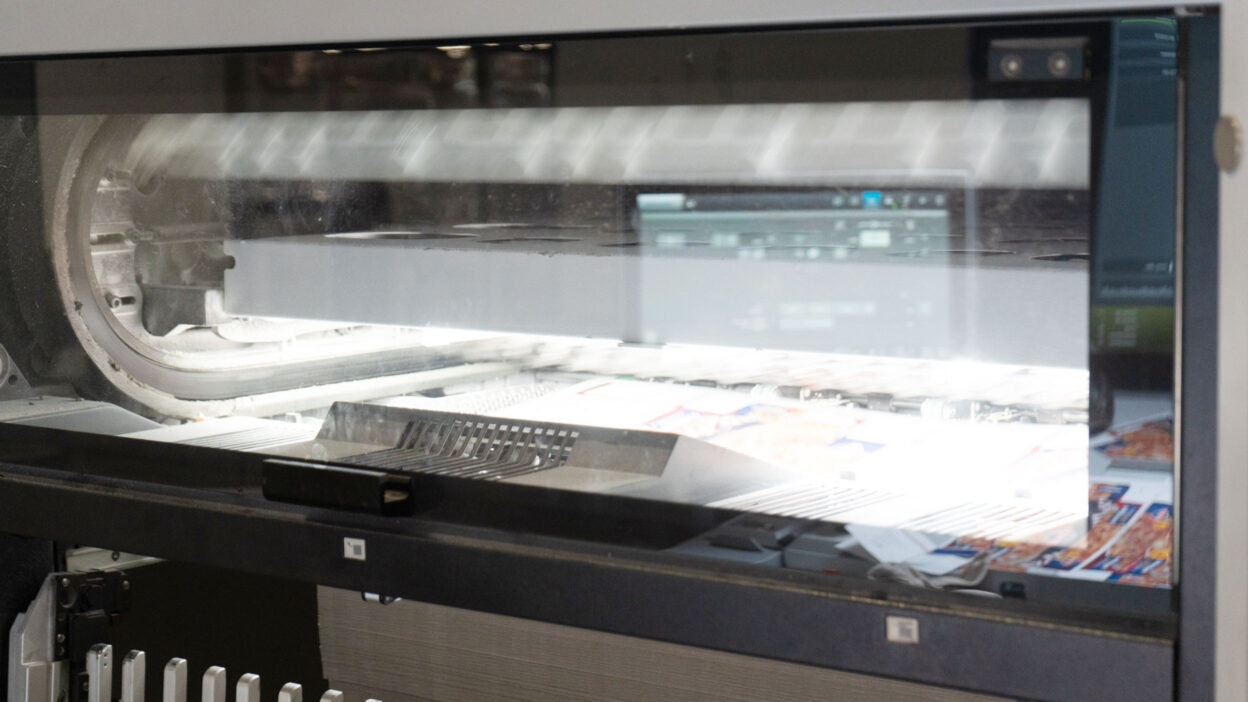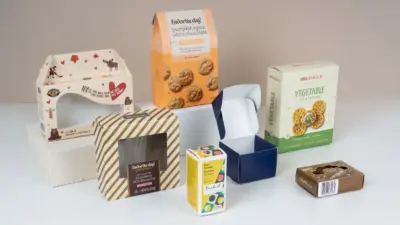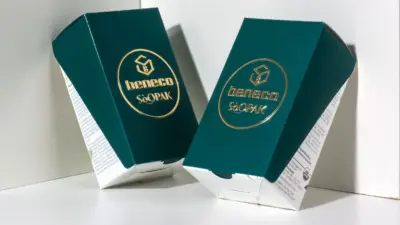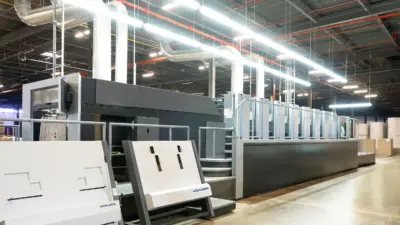Custom packaging in 2025 is not nearly the same as packaging just a couple of years ago. Brands now use packaging to tell their stories. Custom packaging also drives sustainability campaigns for several businesses. As such, packaging continues to attract consumers while supporting eco-friendly efforts.
Market Context and Growth
By 2023, the global custom packaging market had already reached $43.88 billion. This figure expanded to $45.92 billion in 2024 and is predicted to nearly double by 2032, reaching $71.10 billion. This is a compound annual growth rate of 5.62%.
The U.S. held around 35% of the personalized packaging market in 2024. In 2025, digital printing technology drives the demand for custom packaging in sectors such as e-commerce, cosmetics, and food and beverage.
How Does Custom Packaging Production Work?
There are several stages to custom packaging production. These are:
- Design and Prototypes
Designers use design programs and AI to create digital mock-ups of what specific custom packaging would look like. Some brands run prototypes over the short term for testing purposes. In doing so, they determine whether the packaging structure and materials are on point with their product. They can also ensure that the graphics on the packaging convey the right message.
- Materials
Box-style custom packaging remains very popular in 2025. When it comes to materials, sustainability is in the lead. These days, brands tend to opt for biodegradable or compostable materials. The more recyclable, the better. Such materials include seaweed wraps, plant-based plastics, and sugar cane fiber. Low-waste designs help reduce material waste while appealing to eco-conscious consumers.
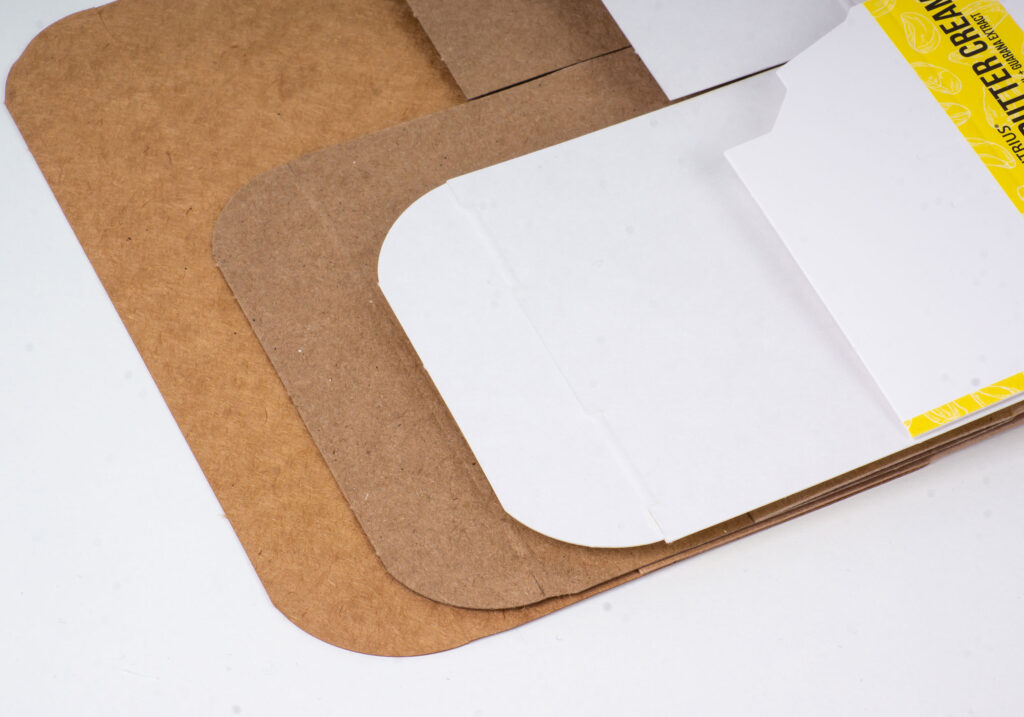
- Smart Features
Once packaging has been produced, brands can add smart features. These include anything from QR codes and NFC tags to sensors that provide interactive content. For instance, some advanced custom food packaging contains battery-free sensors that monitor freshness. These sensors can also release preservation compounds, extending the product’s life.
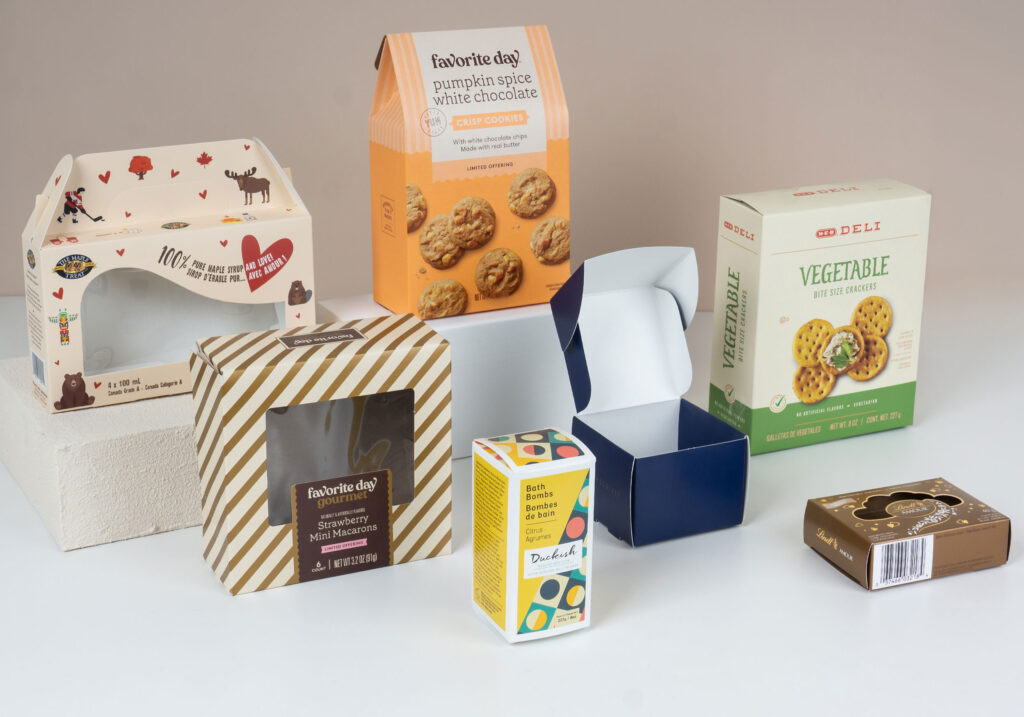
- Custom Packaging Personalization
Digital printing allows for unique packaging designs. Brands can add custom wording, themes, and seasonal graphics. The best part is that because the prints are digital, changing the designs does not raise the per-unit cost.
In 2025, brands are experimenting with minimalist designs and tactile textures. There is also a big push for sensory finishes for premium packaging. Custom packages are embossed or foiled, making them more visually appealing and likely to be shared on social media. This bodes well for building brand awareness.
- On-Demand Production
Low-minimum-order digital printing and on-demand packaging make it easier for brands to adapt. Agile production is great for direct-to-consumer or subscription packaging, as well as seasonal campaigns.
- AI and Automation
Automation and AI tools help streamline design and production. AI tools refine packaging visually, while automation, like robotics, streamlines the assembly and inventory process.
- Inclusivity and Accessibility
Brands now use custom packaging to make their products accessible to everyone. Digital design is easy to change. That’s why it’s easier to customize packaging with larger, clearer fonts. Other types of packaging may also be made easier to open or feature intuitive layouts.
Conclusion
Custom packaging production combines sustainability, technology, and personalization. Brands use eco-friendly materials and designs that appeal to their target market. They also link their packaging to digital experiences. If their packaging is a hit with consumers, they can instantly produce more using AI and automation. The result is packaging that continues to tell brand stories, while protecting products and respecting the planet.
Elevate Your Brand Packaging
Craft packaging that makes your products shine
Get started today!
